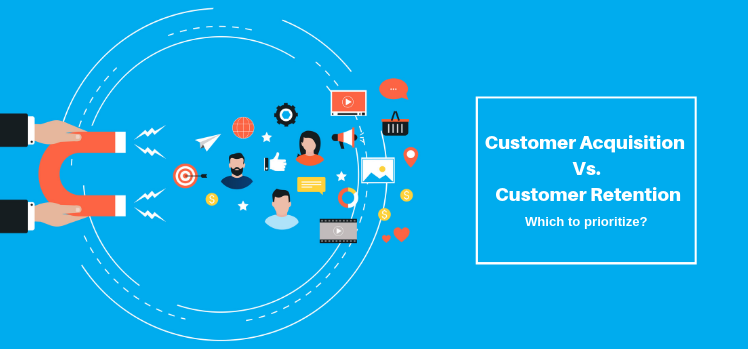
The unfortunate reality is that you can lose 77% of your app’s users in the first three days following installation. This number may rise to 90% in a month. According to the well-known “leaky bucket” analogy in marketing, you must continually increase water flow (i.e., user acquisition) in order to replace the clients you are losing.
But what if you tried filling some of the bucket’s holes instead (i.e., increasing client retention)? To learn what user retention and acquisition mean for app growth and how to align them, read this post.
What is acquiring new clients?
Customer acquisition is the practise of encouraging app downloads and attracting new consumers in the mobile world. Apps use techniques including paid advertising, influencer marketing, app store optimization (ASO), and content marketing to attract new users.
How is client growth assessed?
Customer Acquisition Cost is by far the most important indicator to pay attention to when it comes to customer acquisition (CAC). You may figure it out by dividing all marketing expenses by the quantity of new users added during the billing period:
Customer retention: What is it?
“Customer retention” in the context of mobile refers to an app’s capacity to retain users beyond the initial download. One of the most crucial performance indicators for an app is retention.
How is client retention assessed?
The rate at which you keep consumers over an extended period of time is known as your customer retention rate. The Day 1, Day 7, and Day 30 retention metrics are the ones that are most frequently used for mobile apps.
A 30-day retention rate, for instance, would be the proportion of users that returned to the app within 30 days. But you may assess user retention over any time frame:
Automate and map customer journeys
Customer journey maps will display all of the interactions your app users experience with it. Automated customer journeys can accomplish the following three tasks:
Determine churn points;
Segment users based on their actions and personality traits;
Send instructions, product advice, and feature promotions through event-triggered messages.
You can quickly set up cross-channel campaigns in Unomok Customer Journey Builder and send the appropriate messages to your app’s users at the appropriate times.
To balance acquisition and retention, use activation.
User activation, a statistic that displays how many users have downloaded the app and already taken useful action, serves as a link between user acquisition and retention. You cannot move new users along the sales funnel without user activation since they have no motivation to utilise your software. User activation affects D1 Retention because it defines the very first impression users get of the app, which makes sense. However, did you realise that a successful activation can boost a customer’s LTV by as much as 300%?
Use customization in messaging
The retention of a user can also be increased by giving them customised communications. This will assist you in fostering enduring loyalty throughout the whole customer journey. With Customer Journey Builder, you can designate user segments for A/B/N testing and segment users based on the target action they took (or didn’t do). No matter how many devices a user has assigned, you can set user-specific tags and change information about them.
Key conclusions
We’ve spoken with leading industry professionals and discovered that synchronising customer acquisition and retention is essential for the app’s long-term growth. The value of the customers you have already attracted is maximised via retention, whereas acquisition enables you to grow your audience.
You should concentrate on turning users’ motivation into sales after attracting consumers with a strong monetization potential. This can be accomplished by highlighting the benefits of your app throughout the whole consumer journey. Speak with our team to find out how this all-encompassing strategy incorporates attractive and timely mobile messaging, including push notifications, emails, and in-app messages.